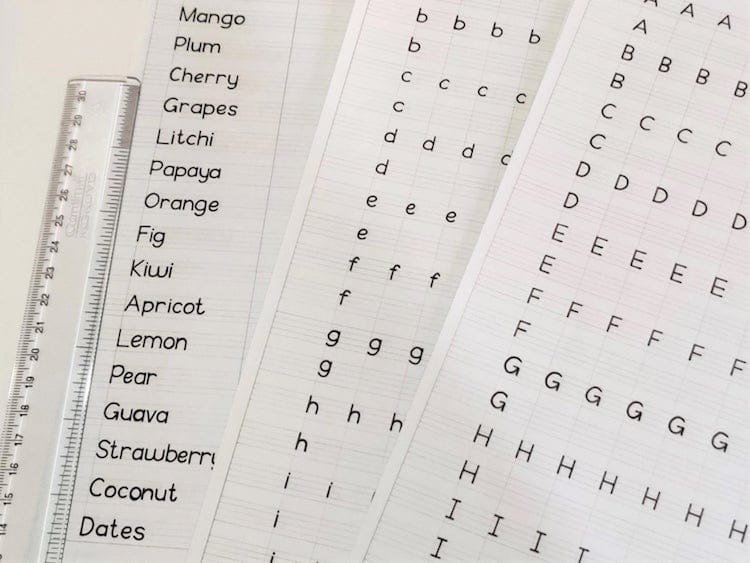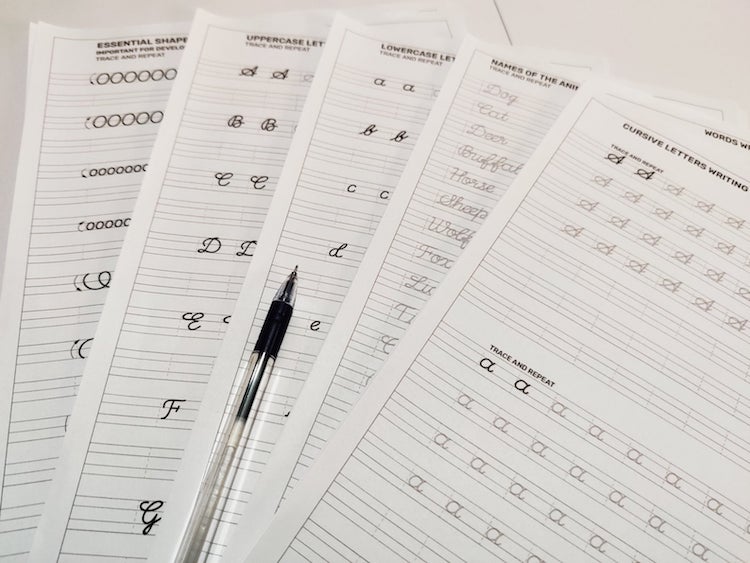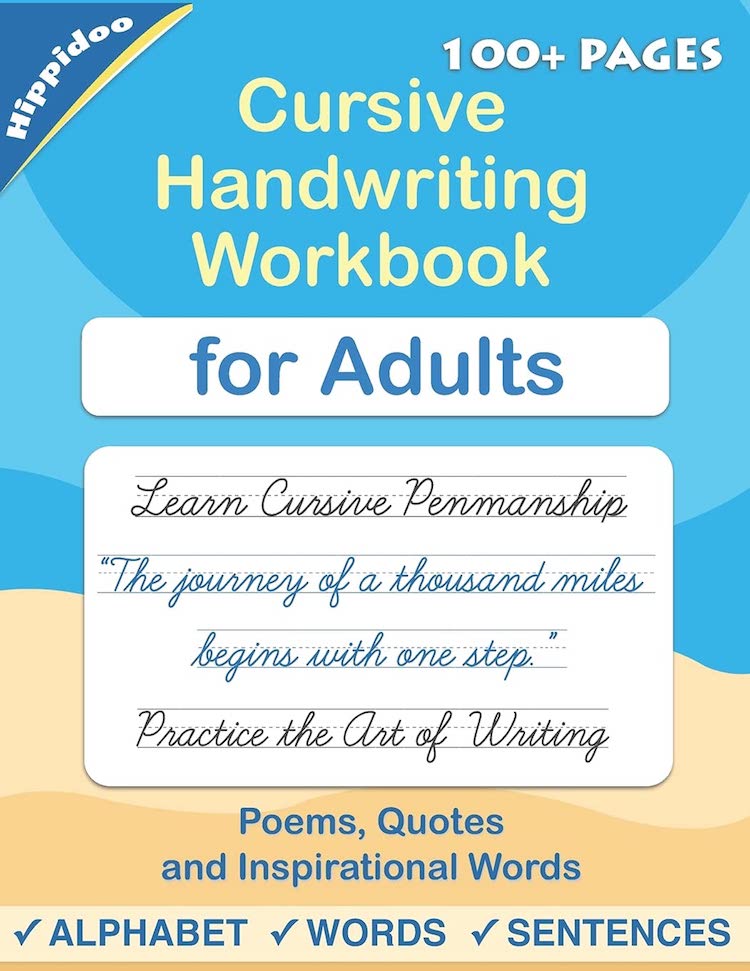View this post on Instagram
Whether your script is cursive, print, slanted, or straight, your handwriting can say a lot about you. Although nowadays there are fewer occasions to practice longhand, it's still very valuable if you can write neatly. Even if you're not satisfied with how your marks look at the moment, this is a skill you can easily develop. To make things easier, we've compiled five tips on how to improve your handwriting.
From choosing the right pen to finding new ways to practice your lettering, these pointers will help you build your writing confidence and, with some patience and consistency, improve your dexterity.
Scroll down to see five tips on how to improve your handwriting.
Learn how to improve your handwriting with these five easy-to-follow tips.
View this post on Instagram
Choose the Right Pen
View this post on Instagram
If you want great handwriting, then it's important to have the right tools. Pencils can be convenient for erasing mistakes, but you'll probably find more enjoyment in your practice if you work with a pen. The key, of course, is choosing the right one. Here is a quick breakdown of some common types of pens you'll come across:
Fountain Pens

Kaweco | $27.50
Fountain pens are the modern and convenient version of dip pens and the go-to for many letterers and calligraphers. While they can be tricky to get used to, they are also capable of producing expressive, flourishing lines.
Ballpoint Pens

rOtring | $26.25
Ballpoint pens are a fantastic, easy-to-use pen that delivers straightforward clean lines. They use a modern design in which oil-based ink is channeled through a steel tip that rolls over the writing surface.
Rollerball Pens

Pilot | $8.98
Rollerball pens have a design that is similar to ballpoint pens but produce a “wet ink” that is more like fountain pens. They are a good option for those who want the best of both worlds.
Check Your Grip
View this post on Instagram
After you have your pen, the next thing to check is your grip. An ideal pen and pencil grip should allow the user to write neatly without getting easily tired. If you ever feel soreness in your hand or wrist, it's best to check with online resources and adjust accordingly.
Change Your Posture

Photo: NeONBRAND
Have you ever thought about the way you sit when you're writing? Just like the way you hold your pen, your posture can affect the tidiness and style of your handwriting. Good writing posture includes:
- Having a comfortably straight back
- Gently resting your forearms on the desk
- And keeping your feet flat on the floor
Write Large

Photo: Aaron Burden
When you're trying to improve your handwriting, it's best to write larger than you normally would. In doing so, you will be able to identify areas you would like to change and see your progress. If writing big letters doesn't come easily to you, try using handwriting paper.
Use Worksheets
View this post on Instagram
Remember using worksheets to practice your handwriting in school? Well, these helpful tools aren't just limited to kids. There are several different kinds of lined worksheets that can help you perfect cursive or print.
When looking for practice sheets, keep your goals in mind. For instance, do you want to practice your cursive or your print? There are specially made papers for each discipline. Similarly, keep an eye on the design of the worksheets as some offer pre-printed writing that you can trace to learn how to shape the characters. We've selected a couple of great practice worksheets, below:
Printable Print Handwriting Worksheets

MakWorldStore | $2.80 for 12 pages
Printable Cursive Handwriting Worksheets

MakWorldStore | $4.10 for 41 pages
Printable Fancy Print Handwriting Worksheets

MakWorldStore | $13 for 16 pages
Cursive Handwriting Workbook

Sujatha Lalgudi and Hippidoo | $7.99
Practice Consistently
View this post on Instagram
Even if you have the right supplies and techniques, improving your handwriting will also come down to how much you practice. And while you don't want to overwrite and tire out your hand, you'll still want to use your pen or pencil for about a half-hour to an hour a day at least.
If you're not a student, however, you may feel like there are few occasions in everyday life to use your longhand. Well, if you lack the opportunity to exercise your skills, then you can try some of our ideas.
Here are just a few of the ways you can incorporate practice into your daily routine:
- Journaling
- Making lists
- Writing letters
- Copying lyrics to a song
- Taking notes in class
Remember, practicing your handwriting can be rewarding and fun!
This post may contain affiliate links. If you make a purchase, My Modern Met may earn an affiliate commission. Please read our disclosure for more info.
Related Articles:
7 Best Brush Pens for Drawing and Hand-Lettering
8 Calligraphy and Hand-Lettering Artists Who Have Mastered the Art of Words
Learn How Hand Lettering Can Elevate Ordinary Text into Extraordinary Art






















































































